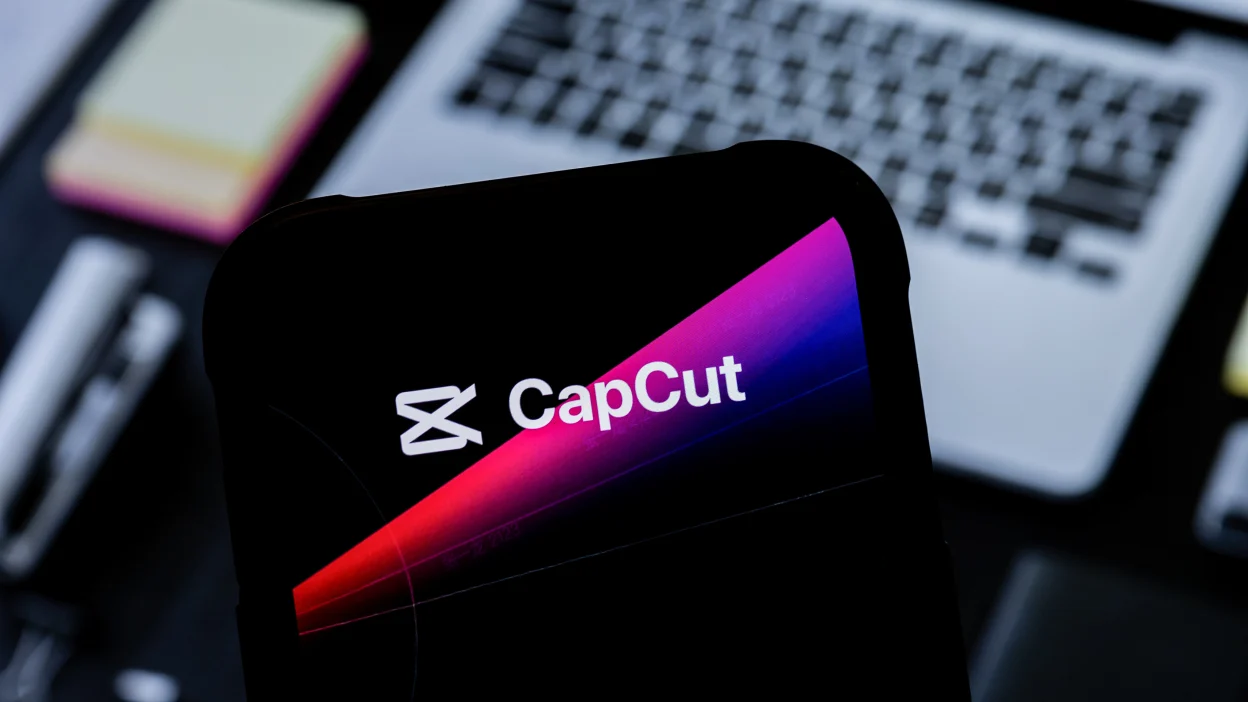Most websites that sell fonts like Creative Market, MyFonts or Fontspring offer at least a few different options for font licensing. Usually they require you to pay per each type of font or font license that you require. Here are some of the font licenses you can typically expect to choose from:
-
Desktop Font License – A desktop license is the most common and applies to most commercial font usage. With this type of license you can create static images or printed items such as logos, signs and products for yourself and clients. Typically the font files for desktop use are provided in TTF or OTF format. This works for Youtube + Tik Tok applications.
-
Web Font License – With this type of font license, you can embed a font in your website’s code and allow your visitors to see your custom fonts even if they don’t have the font installed on their computer. Some web font licenses have a monthly pageviews / usage limit. For example, if your website receives more than 500,000 pageviews a month, you will need to purchase an extended font license. The fonts provided for website use are typically in WOFF or WOFF2 format.
-
App Font License – An application license allows you to embed the font files in the code of your application. This could be for a phone app, computer app or other type of software or game. Application licenses are typically limited by the number of active monthly users. My client has briefed me to create their new website and the accompanying app, the app won’t be covered by a web font license. If the font needs to be embedded in an app, I will need an app font license to do so.
-
ePub Font License – An ebook license allows you to use and embed a font file in your ebook for reading on Kindles, iPads or other eReaders. Ebook font licenses are typically limited by the number of publications you use it in and can typically be exported in PDF, EPUB 2.01, EPUB 3, and KF8 formats. You may need to re-license a font if you update and release a new version of an ebook, and you may need a fresh license for each issue of a digital magazine you put out. There may be stipulations on readership numbers and timescale, so check the license carefully when buying.
-
Server font licenses – This is an unusual category, but it’s worth mentioning. Server font licenses are typically used in print on demand applications. For example, if you’re designing a site that enables users to choose the fonts used on a card, T-shirt or mug that will be printed and shipped, the font licensing conditions will be different. The license may have a time limit on it, and you may need to buy a license for each CPU in your server package.
-
Unlimited font licenses – If my client is a large organisation, it might be worth negotiating an unlimited license with the foundry. This would give them the right to use the font on as many computers as they wish and for any offline purpose they wish. From advertising campaigns to apps, they’d be covered and so would you as their design agency. Unlimited licenses usually cost over £10,000 but will keep your client out of typographic hot water in perpetuity.
It’s important to note, for these types of fonts, if you need to use a font in multiple formats, such as for desktop and for your website, you will need to purchase both licenses in order to comply with the license agreements.
If you don’t receive a font EULA (End User Licensing Agreement with your download, that’s a red flag, that the website is unauthorized to share the font you just downloaded. In that case, do not use the font!
Questions about Font Licensing?
Whether you need a font for your brand, website or something else, it’s always important to obtain the right license to ensure you don’t end up in a legal battle. Send me a message here if you have questions about which font license you should be purchasing for your business.




